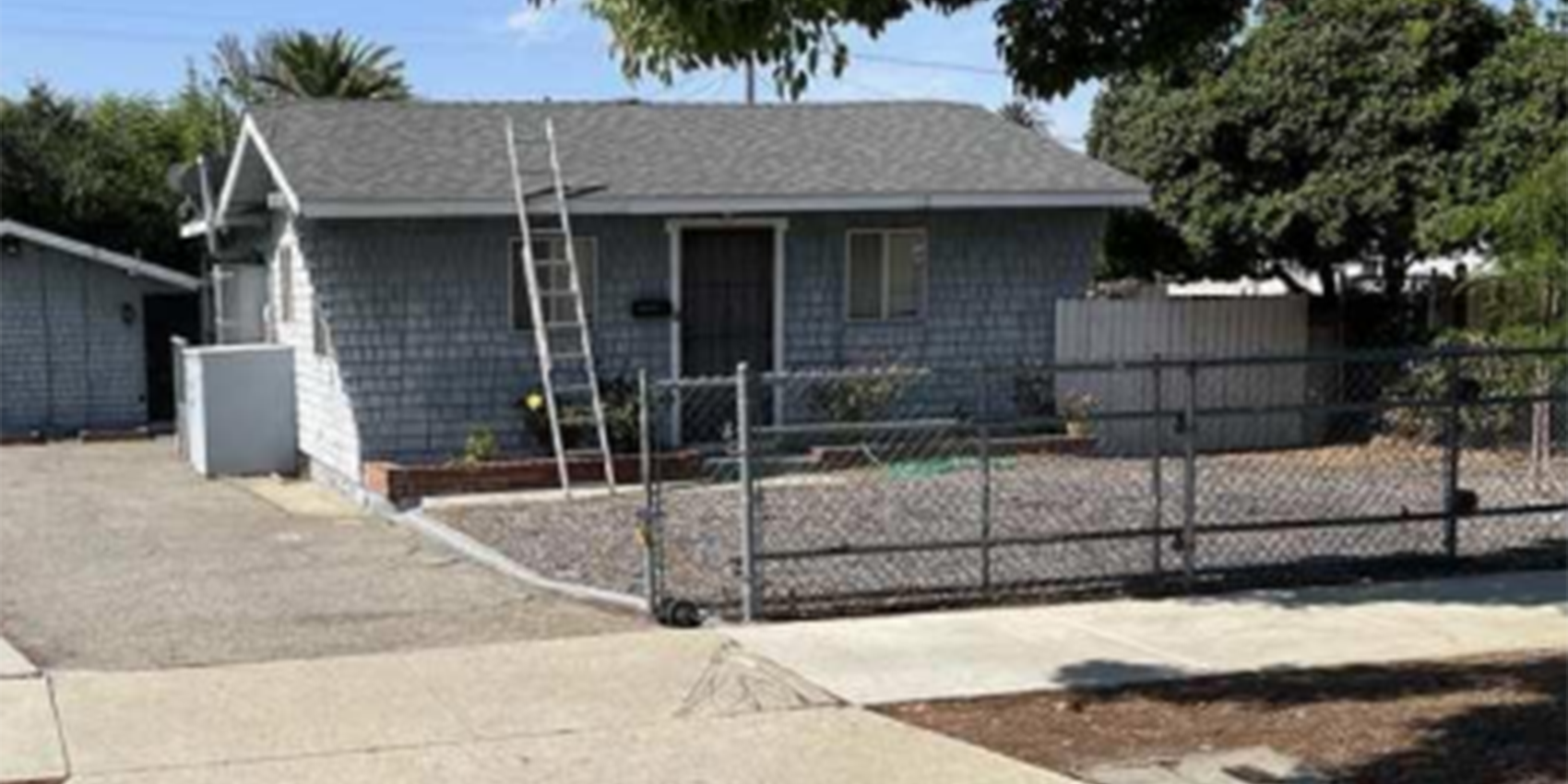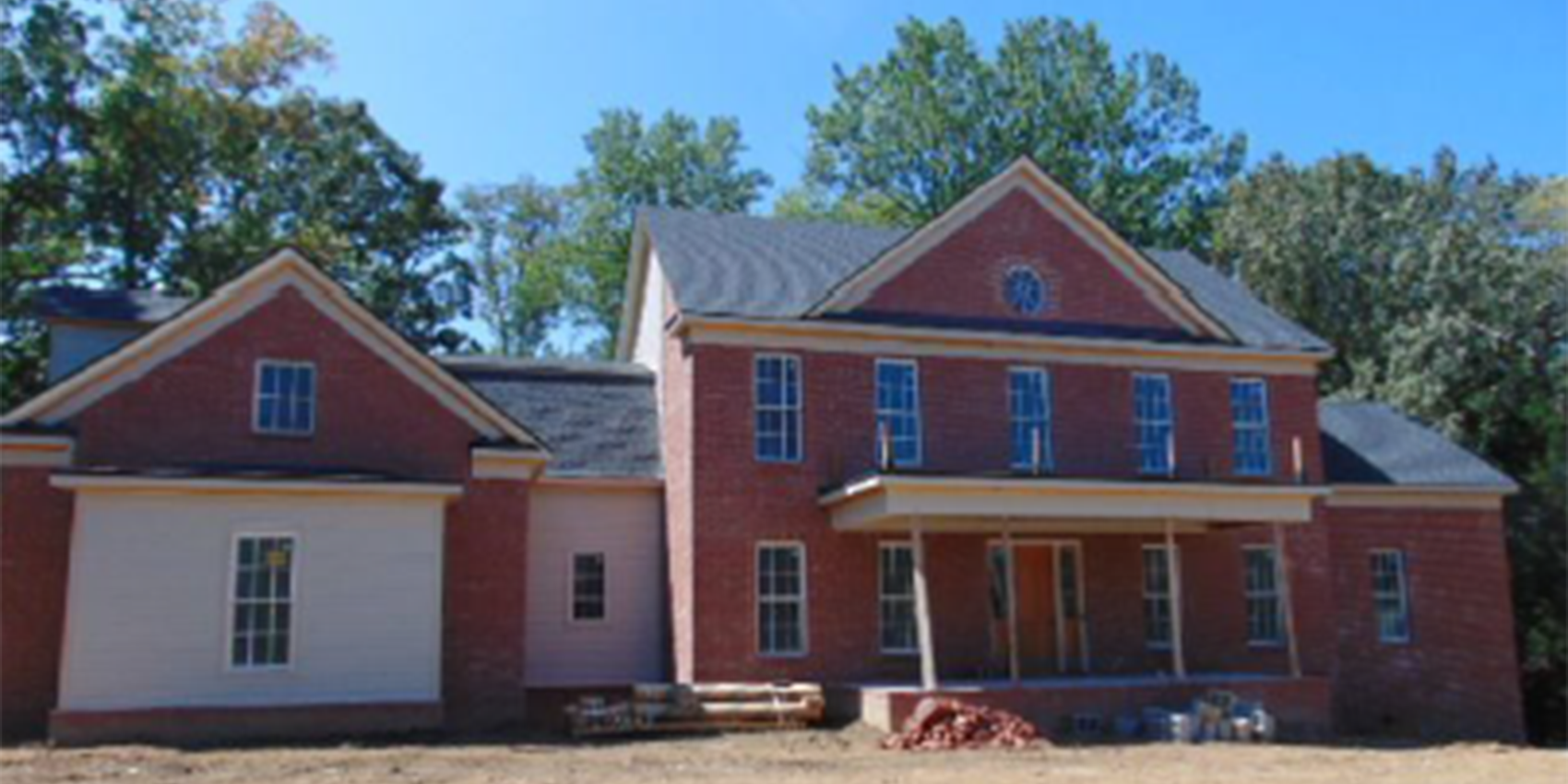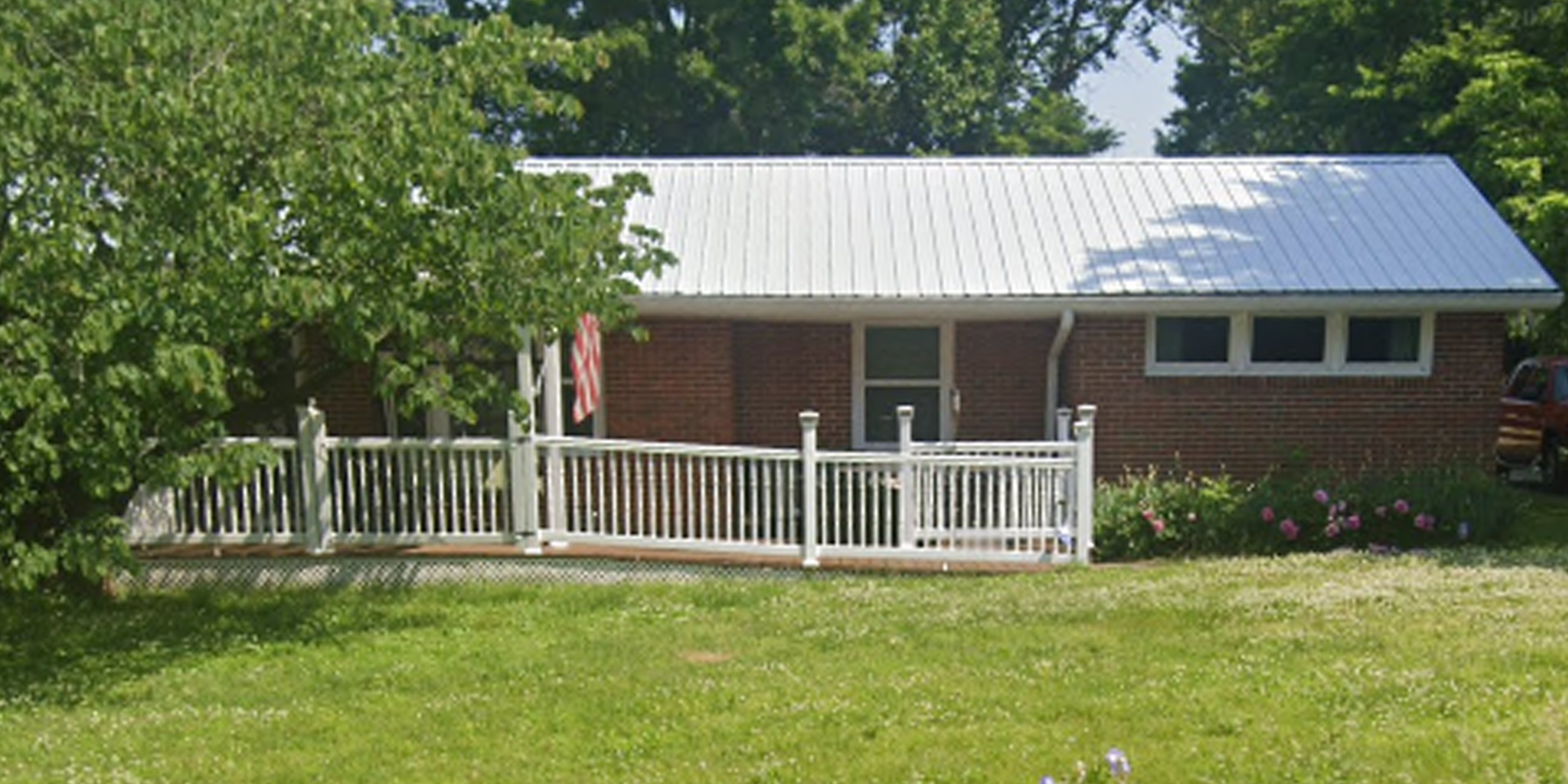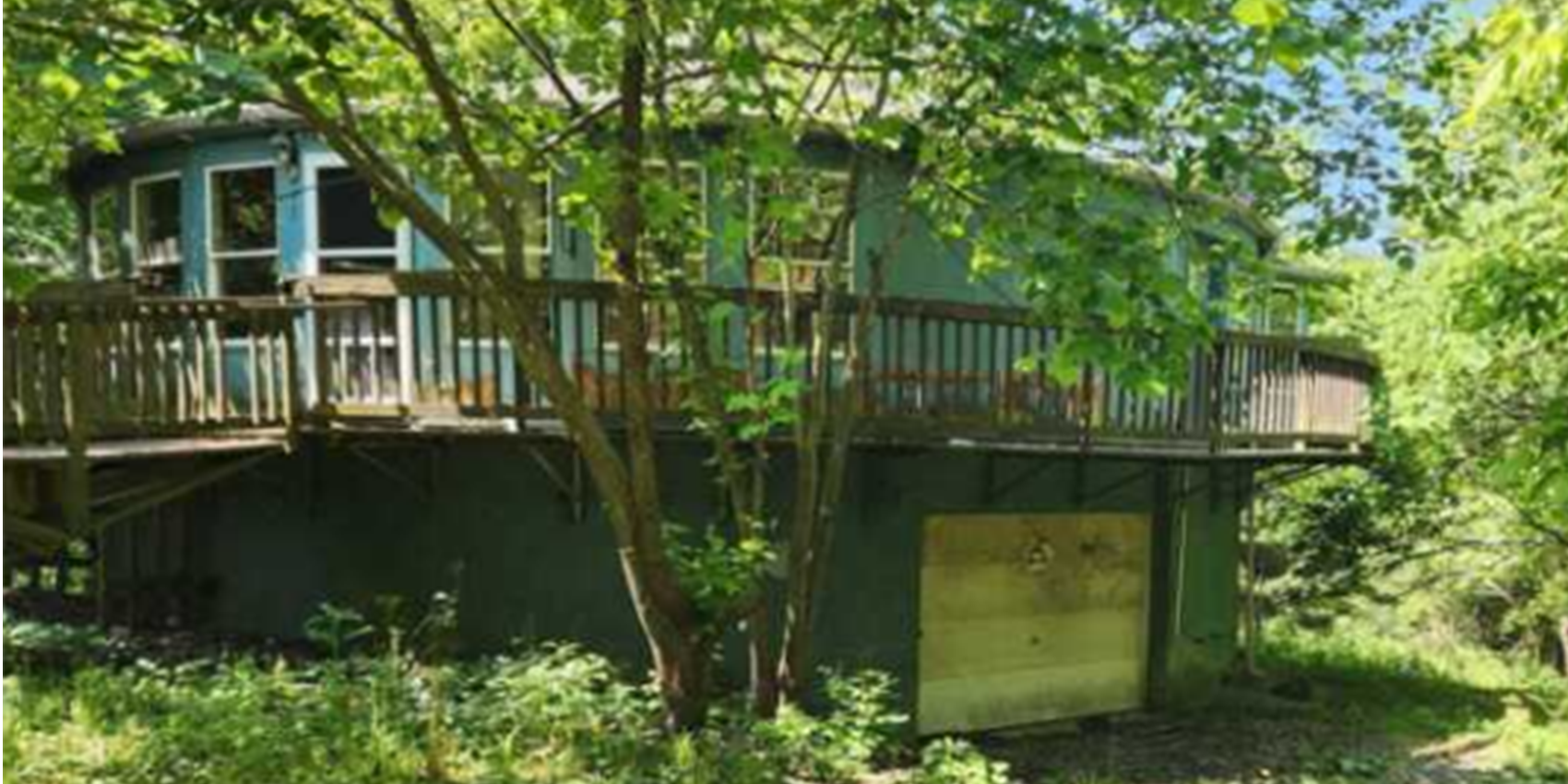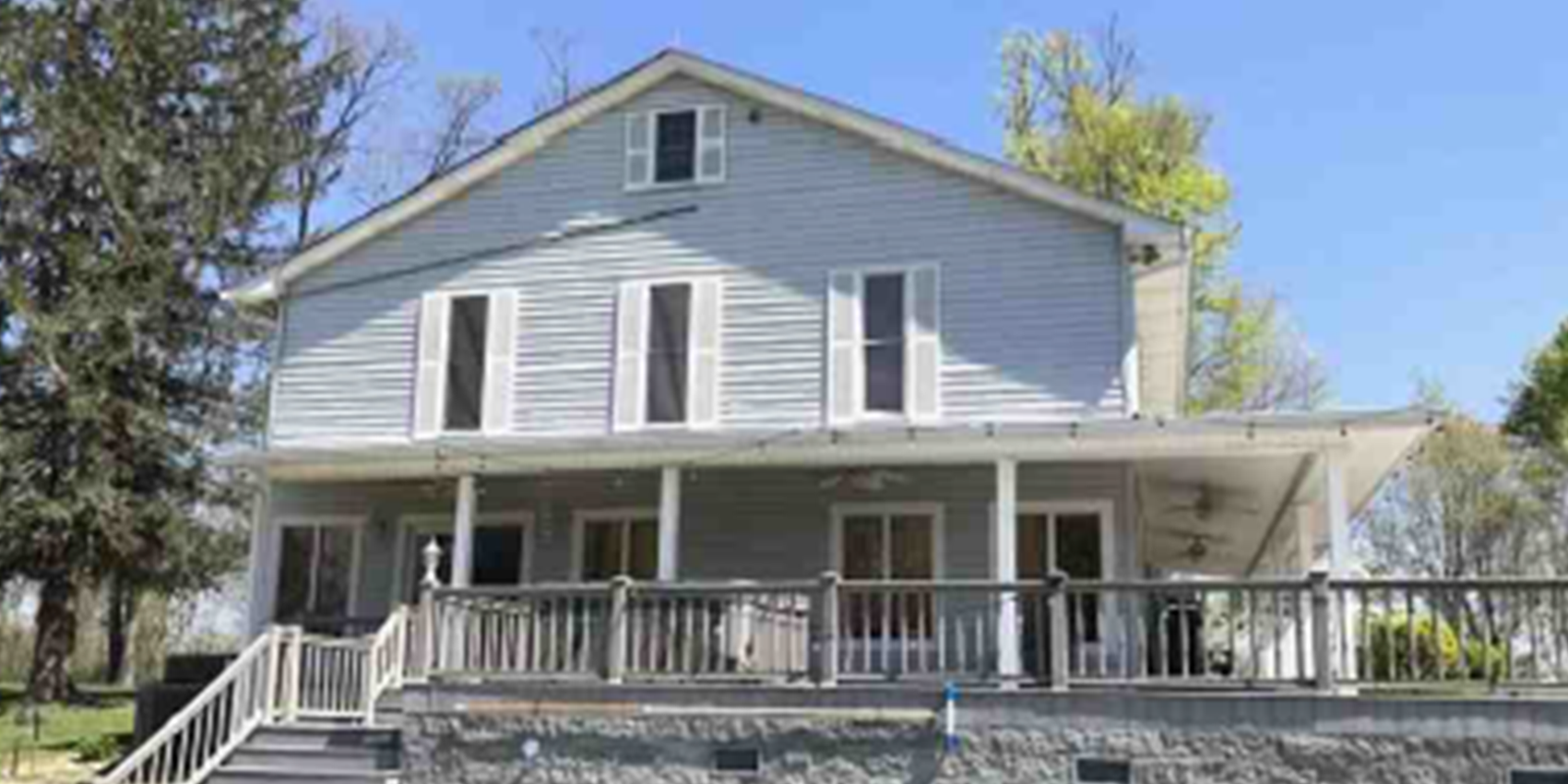California doesn’t have a rent-rate problem. California has a regulatory problem that forces the market to charge more to make its rental product pencil. Did Sacramento, the quintessential political circus, that just outlawed circuses, once again in an effort to solve a problem just make it worse? How? By enacting rent-control, dubbed ‘anti-rent gouging’ in the context of ever-increasing regulations.
The newest state to do so, this version of rent control limits the annual rent increase after inflation to 5 percent. It further creates new barriers to eviction, frustrating their efforts of landlords to manage their own properties in a demanding market environment. Impacting approximately eight million residents, a state that for decades has sharply curbed the ability of local jurisdictions to impose rent control just imposed it on the entire state in spite of a clear vote of the people to the contrary. But it may be more show than go as this ‘cap’ is not very stringent. The fact is, most cities have rarely, if ever, seen a single year rent increase larger than 5% plus inflation.

The question now for those investing in multi-family developments is, how might this new law negatively impact such investments? The answer in the foreseeable future? Actually, not that much. In fact, there is an argument that suggests this might even make your investment more valuable. It all comes down to supply and demand. Right now, nationwide, a greater share of households are renting than at any point in the last half-century. In a foot race where it is harder to make a multi-family project pencil, while the demand will continue to grow, the notorious tardy supply may have just pulled a hamstring. The result? Growing demand coupled with even more insufficient supply, making such investments for what does get built that much more secure. And since the price of single-family homes, victims of the same regulatory problems and market forces as multi-family, only get more expensive to build and therefore, buy, the apartment alternative will only become more attractive. Add to that the fact that multi-family housing can be one of the most recession-proof asset classes. For these reasons, and more, it isn’t a question of investment viability but one of the business model. Those builders that refuse to shift to find ways to build faster and cheaper while maintaining quality, opting instead for the way they’ve always done things, will not thrive in this new normal. However, those that are willing to shift, will do well. Of course, their investors will also do well.
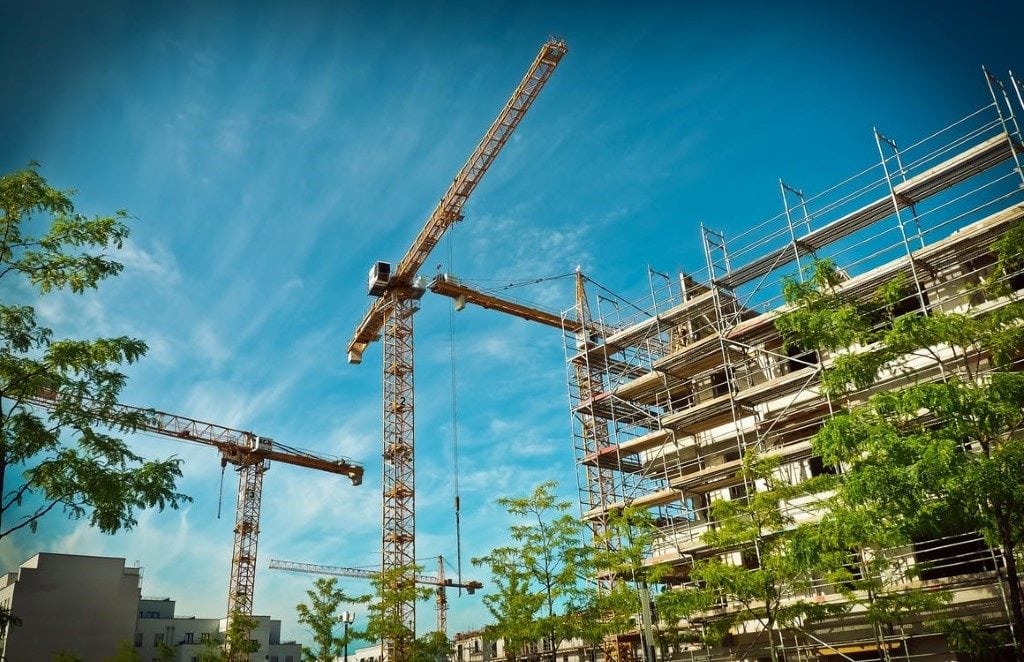
There is still great opportunity for the savvy investor that pairs with the right investment firm that has the best builders. And if by chance we add to this equation in the next few years some level of recession, investing in apartments could have a very bright future, in spite of the circus in Sacramento.



